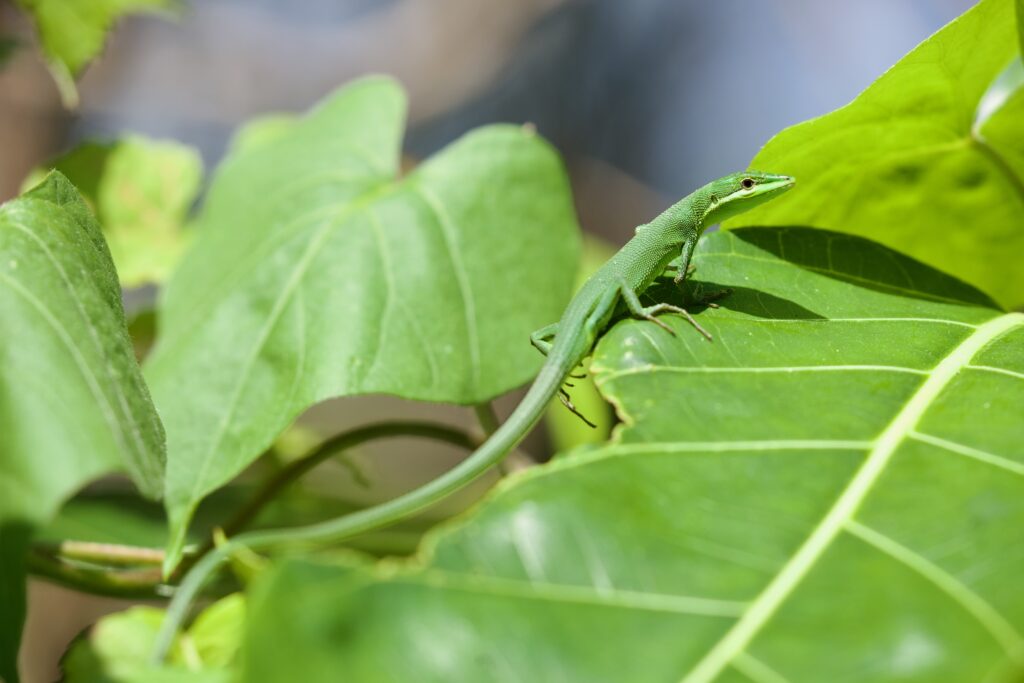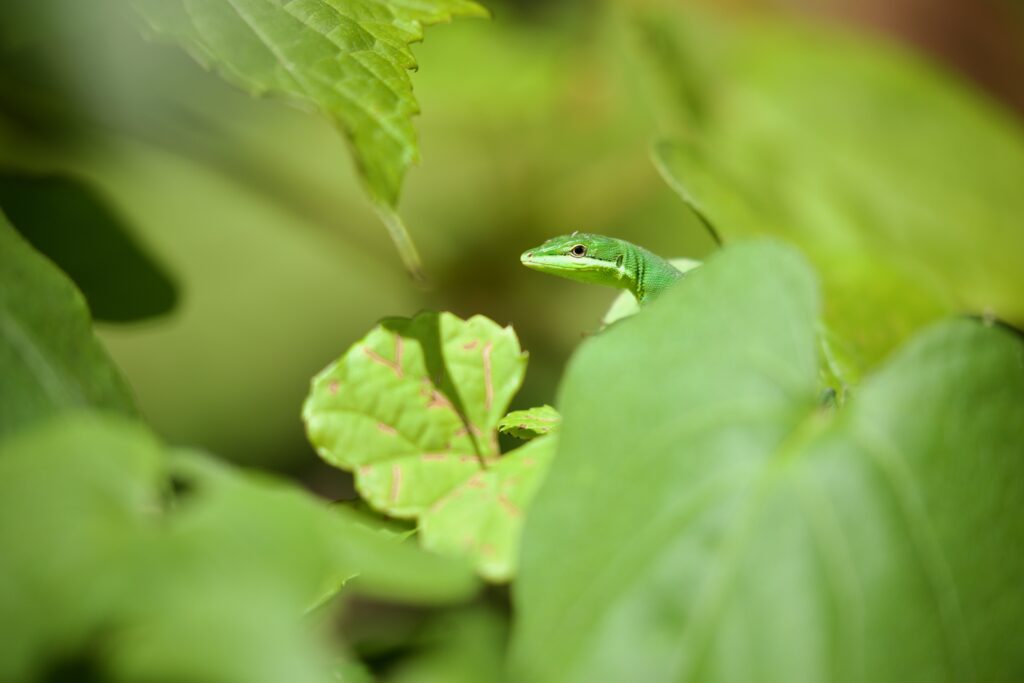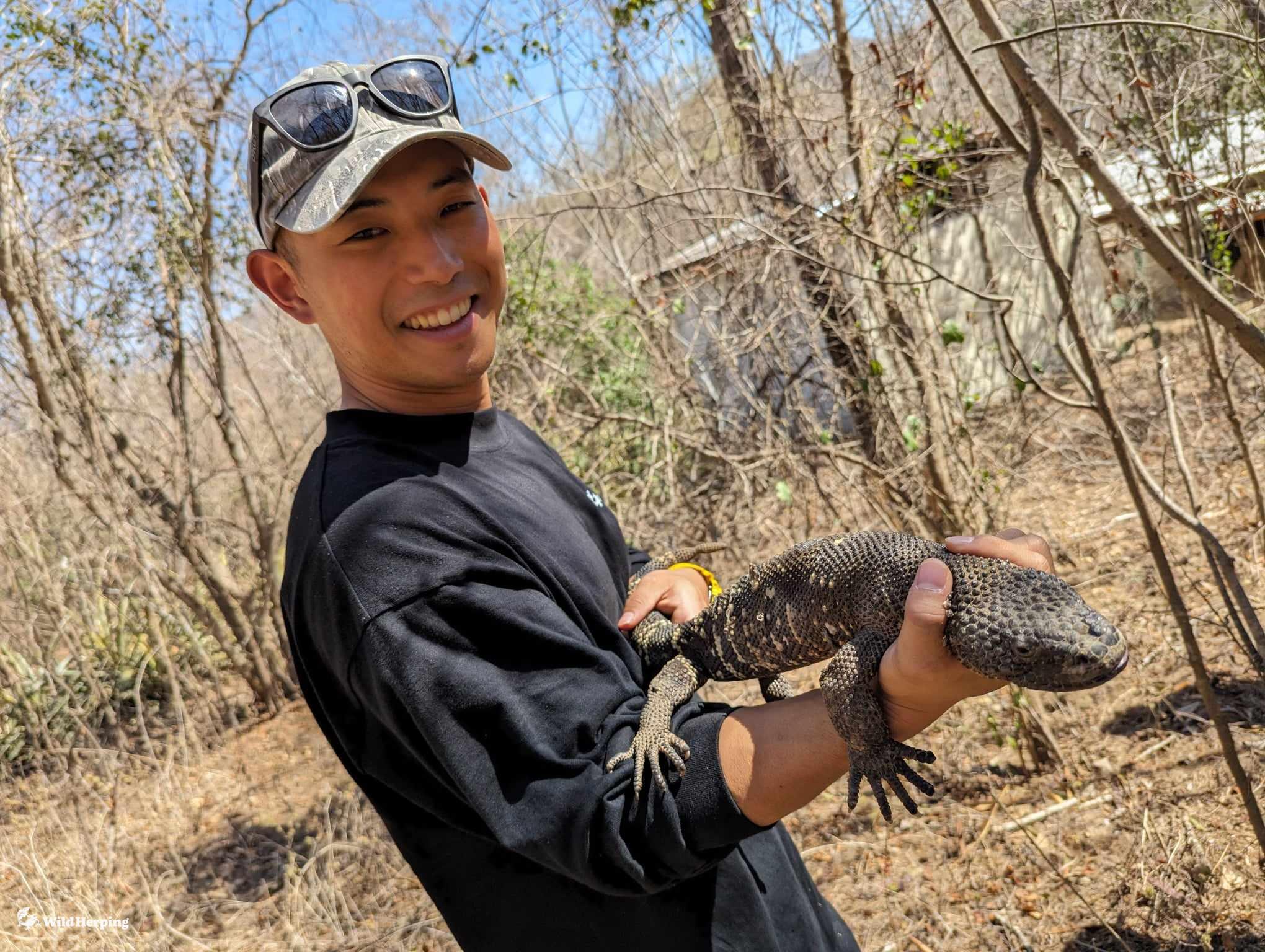The Sakishima Glass Lizard (Takydromus dorsalis) is undoubtedly one of the most stunning lizards in the world, known for its sleek, elongated body and tail. Today, I’m excited to introduce you to this remarkable species and share some fascinating insights about its beauty and unique characteristics.

- Introduction
- Description of the Sakishima Glass Lizard
- Unique features setting it apart from other species
- Physical Characteristics
- Dorsal and ventral coloration
- Body length and remarkable tail proportions
- Morphological distinctions from related species
- Habitat and Distribution
- Exclusive habitat within the Yaeyama Archipelago
- Preferences for forested environments and specific locales
- Comparison with Related Species
- Variations and distinguishing features from Blue and Miyako Glass Lizards
- Notable differences in scale rows and femoral pores
- Feeding Behavior
- Predominant diet of insects and spiders
- Dietary preferences and adaptations
- Reproductive Patterns
- Egg-laying frequency and clutch sizes
- Lack of comprehensive knowledge about growth and maturity
- Ecological Importance and Conservation
- Emphasis on the need for research and conservation efforts
- Role in promoting biodiversity awareness and conservation
- Conclusion
- The Sakishima Glass Lizard as a captivating ambassador for the delicate biodiversity of the Yaeyama Archipelago

The Most Beautiful Glass Lizard
The Sakishima Glass Lizard, often heralded as “The Most Beautiful Glass Lizard,” is an enigmatic reptile indigenous to the Yaeyama Archipelago in Japan. Its strikingly vibrant green hue and remarkably long tail make it a captivating sight, primarily dwelling amidst the verdant canopies.
Distinctive in its appearance, this lizard boasts a verdant green dorsal surface while its ventral side exhibits a blend of yellow-green to pale green shades. A slender elongated body, with dorsal scales gradually enlarging from the head towards the tail, presents approximately 10 to 14 rows of scales along the trunk, alongside 6 rows on the ventral side. What truly sets it apart is its extensive tail, reaching an astounding 300% to 350% of its body length.
Endemic to the Yaeyama Archipelago, this species exhibits a preference for forested environments, often found in low shrubs, forest floors, and grasslands adjacent to forests. While the Sakishima Glass Lizard shares its habitat with the Sakishima Grass Lizard, their morphological differences are unmistakable.
In comparison to the Sakishima Glass Lizard, the Blue Glass Lizard inhabiting the northern to central Ryukyu Islands exhibits fewer rows of dorsal scales (10–14 rows vs. fewer than 10 rows) and a lower number of femoral pores (2–3 pairs vs. 1 pair). Similarly, the Miyako Glass Lizard, dwelling in the Miyako Islands, differs by possessing more ventral scale rows (6 rows vs. 8 rows in the Sakishima Glass Lizard). Notably, the Sakishima Glass Lizard is distinguished by a black line along its upper lip, a feature absent in the other two species.
Feeding predominantly on insects and spiders, this species lays clutches of 1–3 eggs several times a year. However, details regarding its growth and maturity remain inadequately understood. Fundamental ecological information about this rare creature is still lacking, emphasizing the need for comprehensive research to unravel its habitat, behavior patterns, and ecological role.
The Sakishima Glass Lizard, known for its breathtaking beauty, presents a compelling subject for scientific exploration and conservation efforts. Its allure and the mysteries surrounding its life make it an intriguing ambassador for the delicate biodiversity of the Yaeyama Archipelago.










